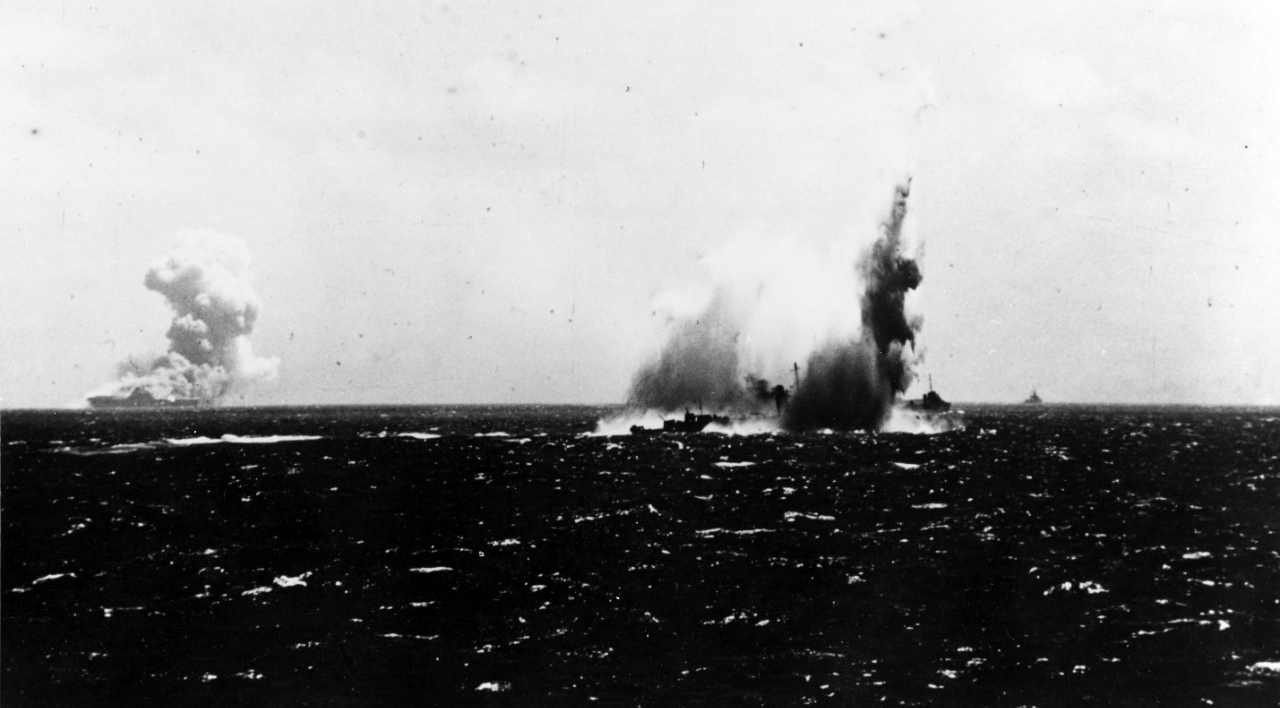Status - John Baer - 40th Indiana Regiment - Crittenden's Corps - Wood's Division - Wagner's Brigade
As mentioned in the previous post, orders for General Thomas to relieve General Buell in command of the army were sent but not delivered, and General Halleck sent a message from Washington that they should not be delivered. The messenger, however, did not receive this dispatch in time and delivered the orders on the 29th. Thomas responded to Halleck that he would prefer that Buell remain for the time being. Halleck was able to get President Lincoln, who had made the original order, to suspend it.
------------------------------
Recall that General Nelson had been deeply trusted by Buell, and Buell had relied on him for advice, then sent him ahead to Kentucky to try to stop the invasion of the Confederate armies there. On the 30th, General Nelson was shot and killed by another Union officer, a Brigadier General named Jefferson Davis (who was from Indiana, and unrelated to the President of the Confederacy). Shelby Foote describes this in his Civil War narrative:
"...in a time when aggressiveness was at a considerable premium, he lost William Nelson, the most aggressive of his several major generals. He lost him because the Indiana brigadier Jefferson Davis, home from the Transmississippi on a sick leave, had come down to Louisville to assist Nelson in preparing to hold the city against Smith. Nelson was overbearing, Davis touchy; the result was a personality clash, at the climax of which the former ordered the latter out of his department. Davis went, but presently he returned, bringing the governor of Indiana with him. This was Oliver P. Morton, who also had a bone to pick with Nelson over his alleged mishandling of the Hoosier volunteers during the fiasco staged at Richmond a month ago tomorrow. They accosted him in the lobby of the Galt House, Buell's Louisville headquarters, just after early breakfast. In the flare-up that ensued, Davis demanded satisfaction for last week's rudeness, and when Nelson called him an "insolent puppy", flipped a wadded calling-card in his face; whereupon Nelson laid the back of a ham-sized hand across his jaw. Davis fell back, and the burly Kentuckian turned on Morton, asking if he too had come there to insult him. Morton said he had not. Nelson started up the staircase, heading for Buell's room on the second floor. "Did you hear that damned insolent scoundrel insult me, sir?" he demanded of an acquaintance coming down. "I suppose he don't know me, sir. I'll teach him a lesson, sir". He went on up the stairs, then down the hall, and just as he reached the door of Buell's room he heard someone behind him call his name. Turning, he saw Davis standing at the head of the stairs with a pistol in his hand.
"Davis had not come armed to the encounter, but after staggering back from the slap he had gone around the lobby asking bystanders for a weapon. At last he came to a certain Captain Gibson. "I always carry the article," Gibson said, producing a pistol from under his coat. Davis took it, and as he started up the stairs Gibson called after him, "It's a tranter trigger. Work light." So when Nelson turned from Buell's door and started toward him, Davis knew what to do. "Not another step farther!" he cried; and the, at a range of about eight feet, shot the big man in the chest. Nelson stopped, turned back toward Buell's door, but fell before he got there. "Send for a clergyman, I wish to be baptized," he told the men who came running at the sound of the shot. Gathering around him, they managed to lift the 300-pound giant onto a bed in a nearby room. "I have been basely murdered," he said. Half an hour later he was dead.
-- Shelby Foote: The Civil War, A Narrative, Vol 1, Fort Sumter to Perryville, p. 714
Davis was arrested but never stood trial in either a military or civilian court. Just after the shooting, the orders relieving Buell of command were received, and was soon reversed. Buell was planning an advance, and did not have time for a court martial; he recommended an army investigation but it did not happen. A later indictment of Davis by a grand jury for manslaughter never came to trial, and eventually Davis returned to duty.
------------------------------
With the addition of new regiments that had gathered in Louisville, Buell reorganized the Army of the Ohio into three corps, of three divisions each. Wood's division became a part of the corps under the command of Major General Crittenden, who had previously been a division commander. General Thomas became second in command of the whole.
More Information:
- Link: War Operations, see Volume XVI, Chapter XXVIII, Part II, Correspondence, pp. 549-560.
- The Civil War Day by Day, John S. Bowman, Ed. p. 85.
- Shelby Foote: The Civil War, A Narrative, Vol 1, Fort Sumter to Perryville, pp. 711-716.
- Battles and Leaders of the Civil War, Vol 3. The Tide Shifts, pp,4-14.
- Kenneth Noe, Perryville: This Grand Havoc of Battle, pp. 73-95.
NEXT POST: OCTOBER 4TH




